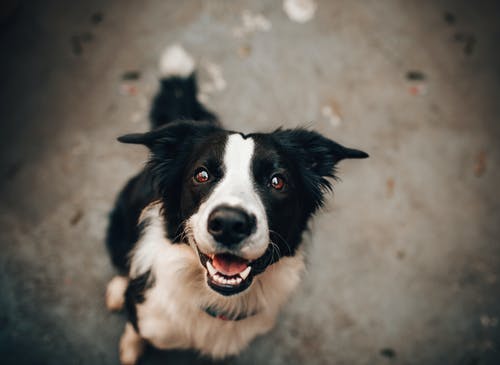
How to Handle Unexpected Pet Emergencies
Similar to humans, pets can be damaged in overt and covert ways. Pets cannot communicate when they are hurt. Always be aware of the signs of an injured pet. Typically, injured animals exhibit pain, perplexity, and fear. Suppose you observe any of these signs on your pet. In that case, you should minimize further damage and protect yourself from pet-injured animals, typically neurotic and bite scratch, or otherwise attack their owners.
Steps to Take in Case of a Pet Emergency
In the next piece, we will describe some steps to help you remember what to do in the circumstance of an emergency with your pet.
Be Calm
Maintain composure during a pet emergency. You’ll scare your pet if you panic. It is more difficult to notice facts that could save your pet’s life when you are panicking. When your companion is injured or ill, it can be difficult to remain calm. To aid your pet, be calm.
Assess the Problem
Examine your pet to determine the problem. You can probably tell whether she has a broken bone or other serious problems. If you cannot determine the cause of your pet’s illness, pay close attention to her symptoms and behavior, so you can inform a vet from places like Upland Animal hospital.
Call the Veterinarian or an Emergency Veterinarian
Contact the vet or an emergency veterinarian after examining and treating your pet at home. When you discover a pet emergency, respond immediately. Call a doctor if you are unsure if the situation is an emergency. Call the vet before it’s too late.
You will require an emergency veterinarian after hours, on weekends, and holidays. You should be familiar with a local emergency veterinarian. If not, conduct a web search for the nearest one.
Calm Your Pet to the Maximum Extent Possible
A pet that is aware during an emergency is likely to be distressed. Approach your dog slowly to prevent a bite. If your dog is fearful and inclined to bite, muzzle her before any interaction. Wrap a rag over your cat’s head to keep her from biting. The idea is to prevent the pet from biting in agony; therefore, do not pull the fabric too tightly. The towel may also provide comfort.
Load Your Pet Into Her Cage or Your Automobile
If your pet is little enough, you can carry her into a crate or your vehicle. If she is injured or unconscious, prevent her head from twisting or dropping. If your pet is too heavy to carry, wrap her in a blanket and seek assistance. If your pet has taken human food (such as chocolate) or human medication, bring the box or bottle for the vet to examine.
Drive Safely to the Vet
It is time to drive to the veterinarian with your pet in the car; make sure the veterinarian is notified and assistance is available and if your vet is unfortunately unavailable, just look up “veterinary surgeon near me”. Even if you are concerned about your pet, you need to pay attention to the road. Accidents worsen the situation. While you drive, have your assistant contact the veterinarian in advance. Your assistant may sit behind your pet if she is passive, but she must sit in front if hostile.
Conclusion
This article can assist you in getting your pet to a veterinarian within minutes of an emergency. Your response will differ depending on the situation, your pet’s age and condition, your veterinarian’s directions, and other variables. Listen to the veterinarian and ask as many questions as necessary to choose the best course of action for your pet.


